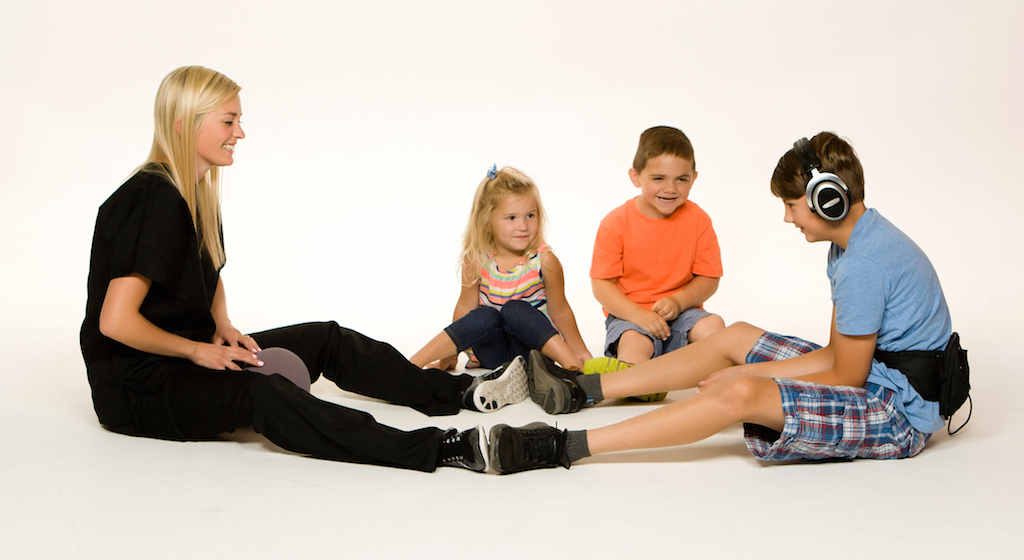Improving Brain Function Through Auditory Connections
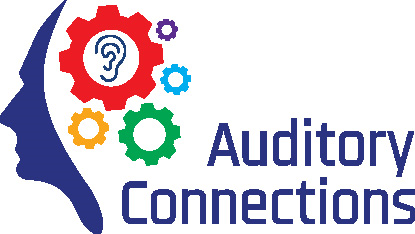
Improves focus, reading, attention, memory, sensory difficulties, motor planning, speech/language delays, processing speed, behavior and social interaction.
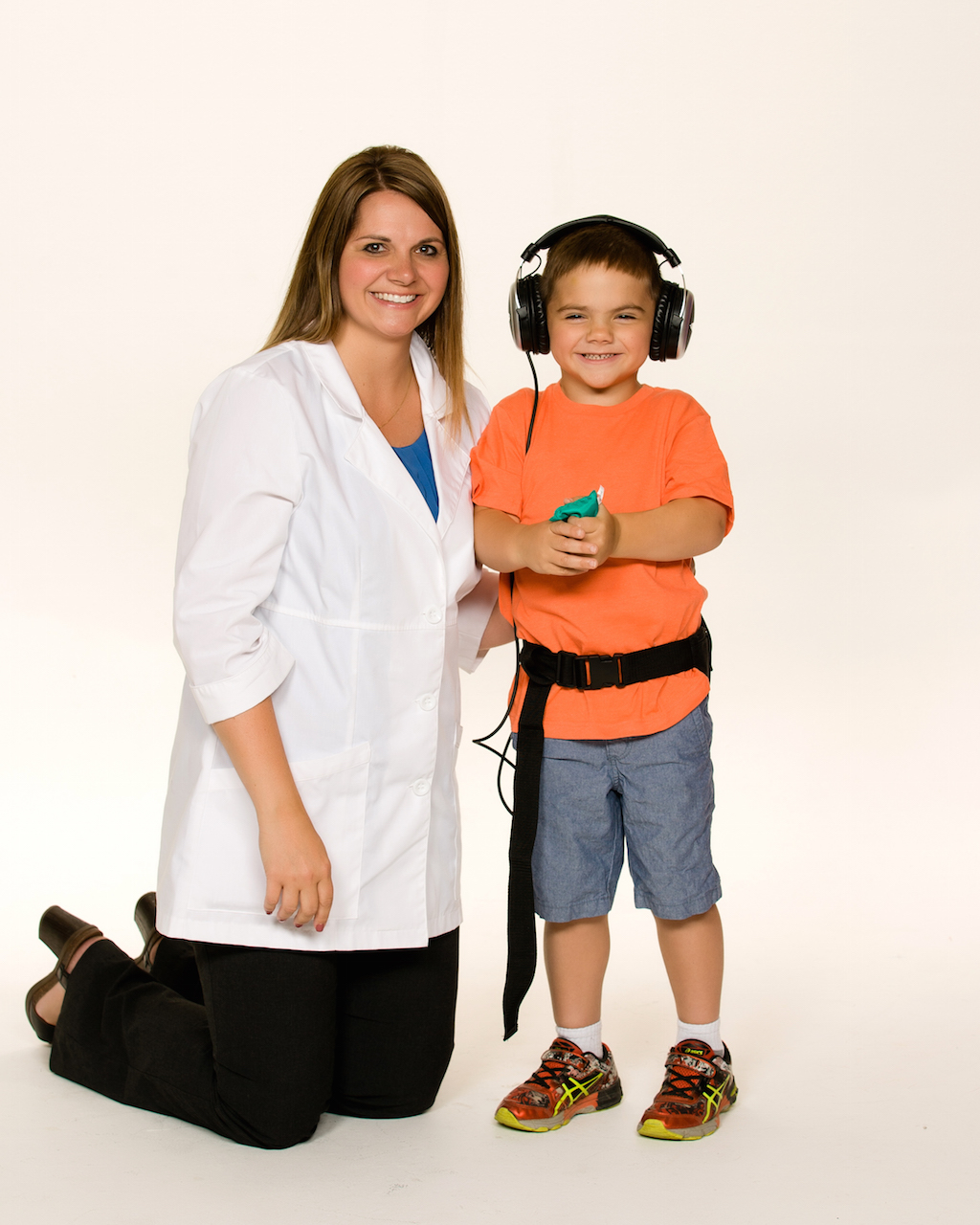
Benefits
The Auditory Connections (AC) program affects our sensory system, influencing a wide range of day-to-day functions. AC uses tools to improve the following:
- Reading, writing, attention processing and cognitive function
- Developmental delays and challenges
- Autism, down syndrome and premature birth
- Brain injury, stroke and Parkinson’s
- Stress, anxiety, depression, PTSD and abnormal sleeping patterns
Program Duration
This program is designed to help improve brain function by working with sensory and auditory processing. The correct program that best fits each patient’s needs will be selected by the therapist to give the patients their max benefits from the program. Session lengths are about an hour long 5 times a week to receive maximum benefit. Sessions are done once a week in the clinic and 3-4 times a week at home. Not all but most programs can be done in a 3-4 month time frame. Longer programs are often recommended to those with more severe challenges.
The Process
AC is a multisensory intervention that may be incorporated into existing therapeutic programs. These exercises are done while listening to the AC music playlist. The movement portion of the program consists of about 15-20 minutes of each session or dependent upon the therapist’s best discretion. The remainder of the program will be divided amongst several different activities. Some examples would be drawing, puzzles, playing quiet games, fine motor activities, light exercises such as walking, stretching or playing catch.



Evidence-Based Therapy
Learning and Attention: University research and case studies show great improvement in areas of reading, writing, auditory processing and sensory integration.
Autism: AC is especially effective in benefiting those dealing with autism spectrum with sensory processing, emotional regulation and social skills.
Trauma and Sleep: Both the AC sound and movement program that the Dreampad offers are supported by data by showing results in the normalization of arousal levels, anxiety reduction and improved sleep.
Neuroplasticity
Neuroplasticity is the name given to the concept that the brain is able to recognize itself by forming new neural connections. AC is a neuroplasticity-based therapy because it uses specific repeated exercises to build these neural connections in the brain. Our brains are plastic and changeable throughout our lives and therefore, all ages can benefit from this program.
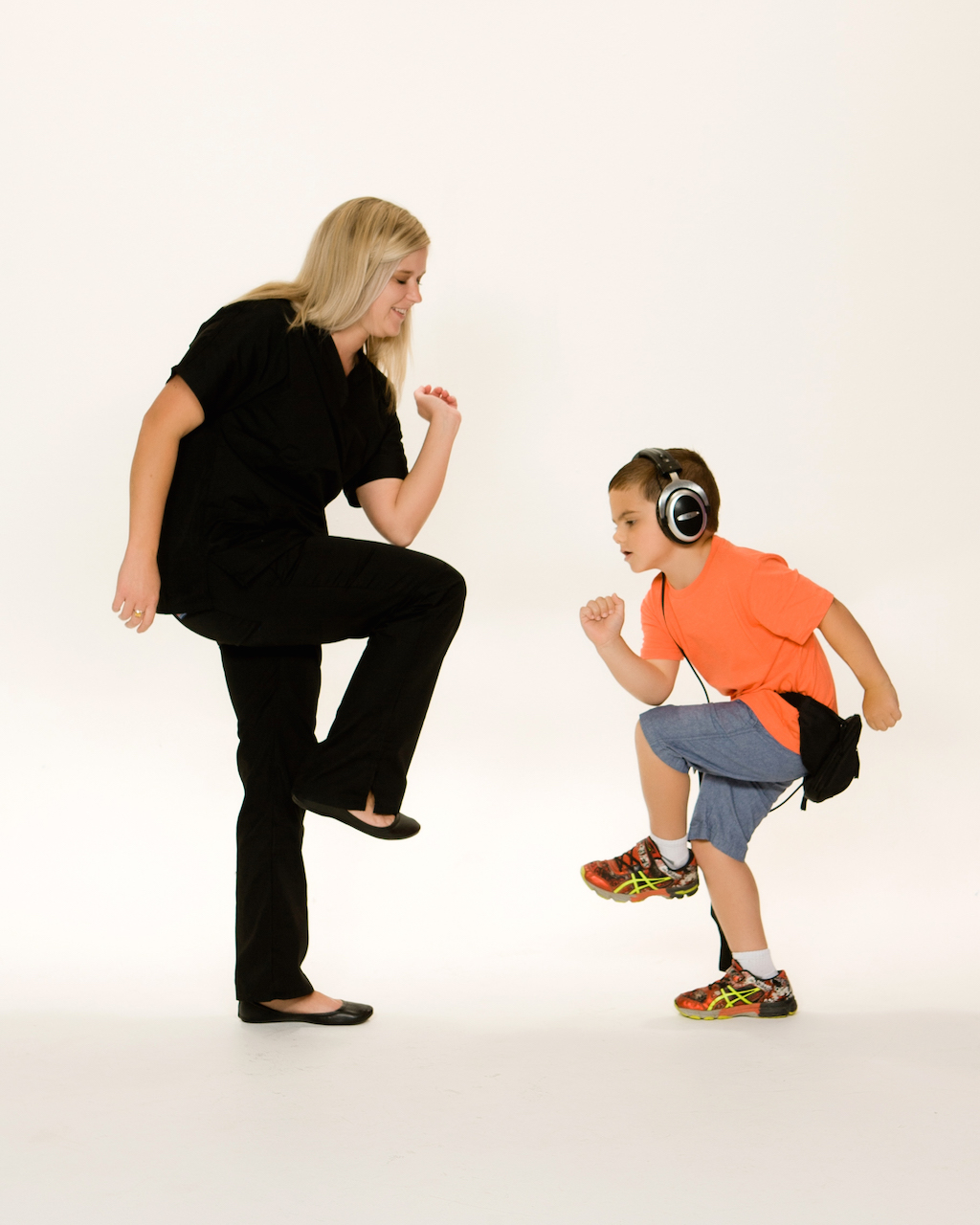
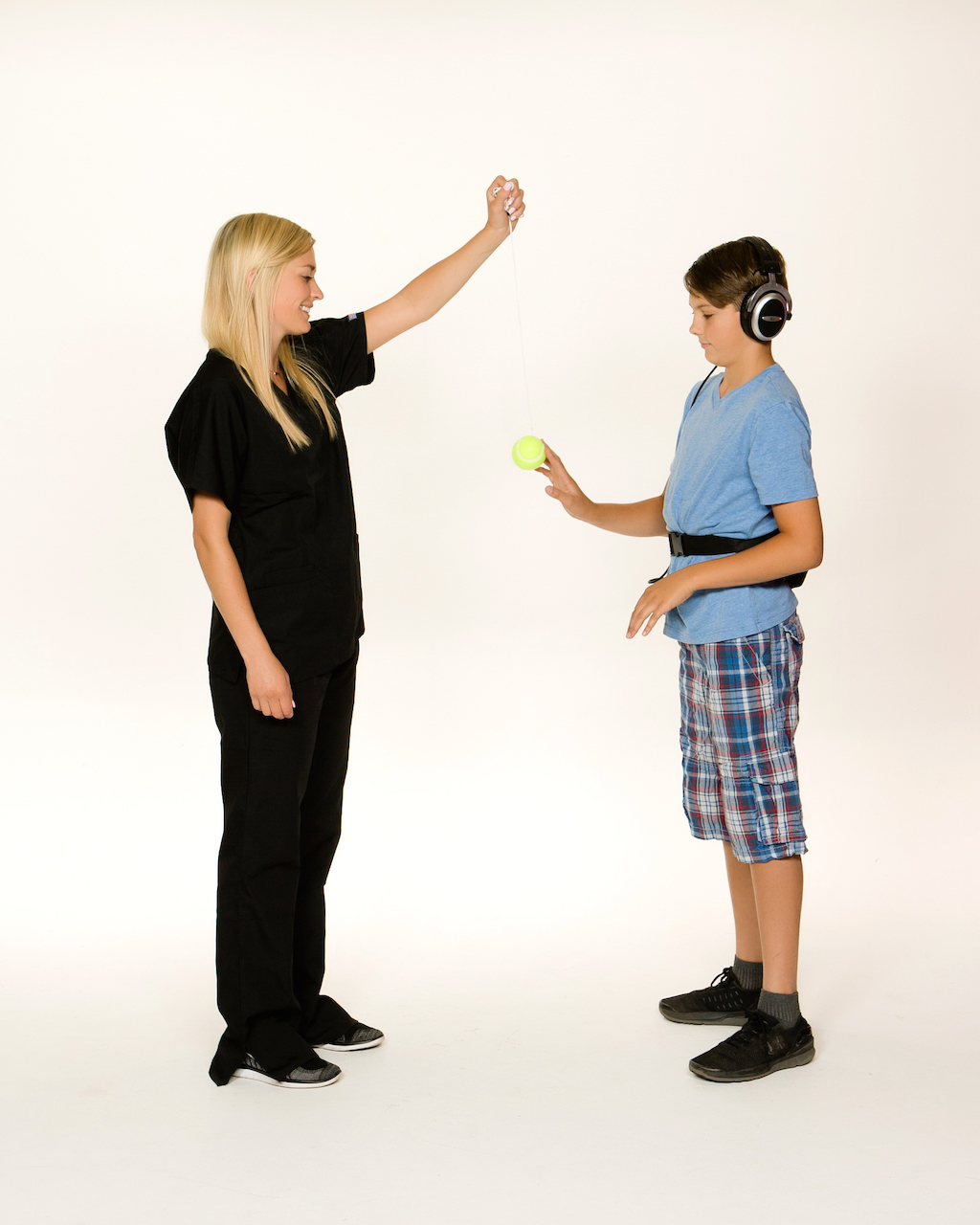
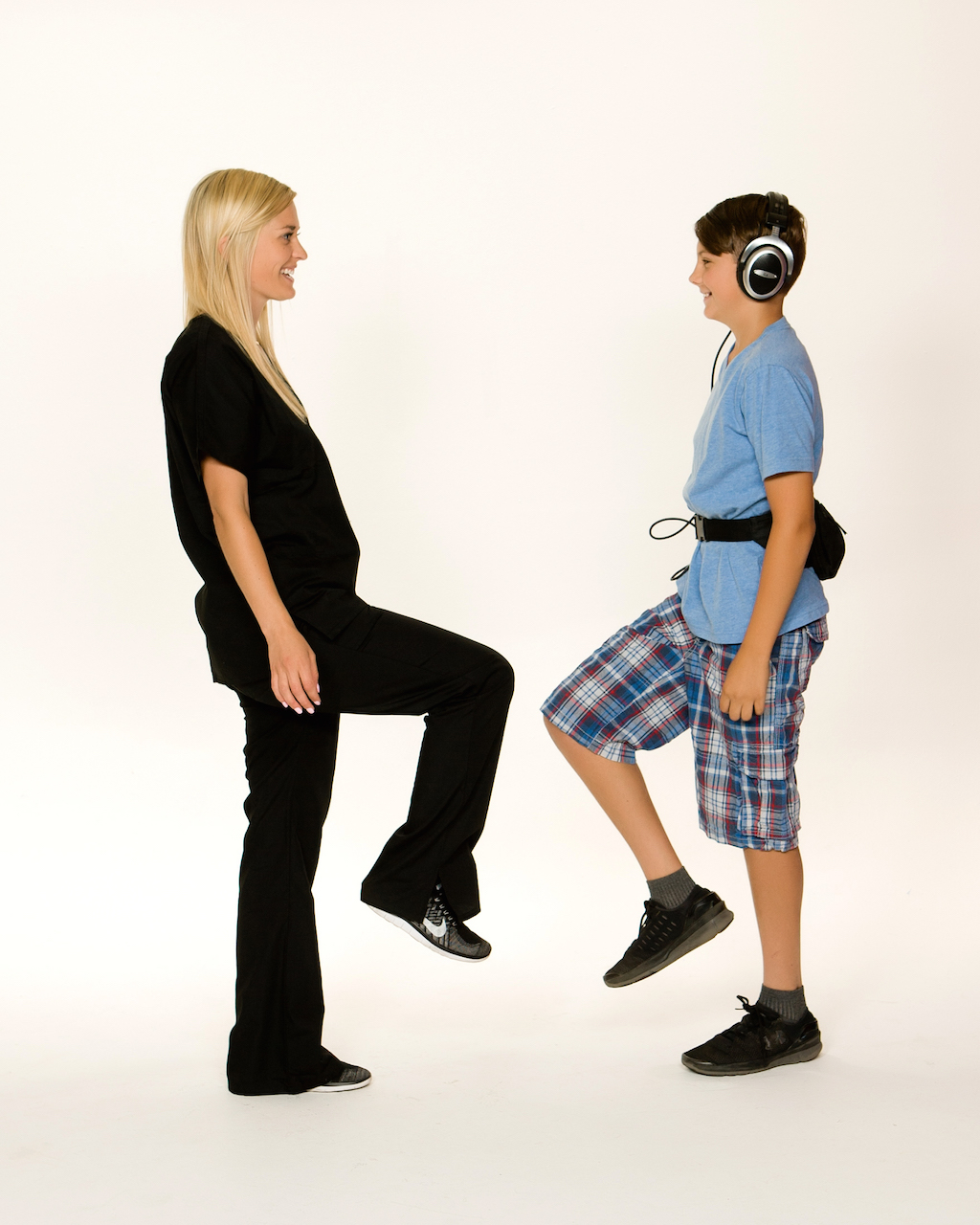
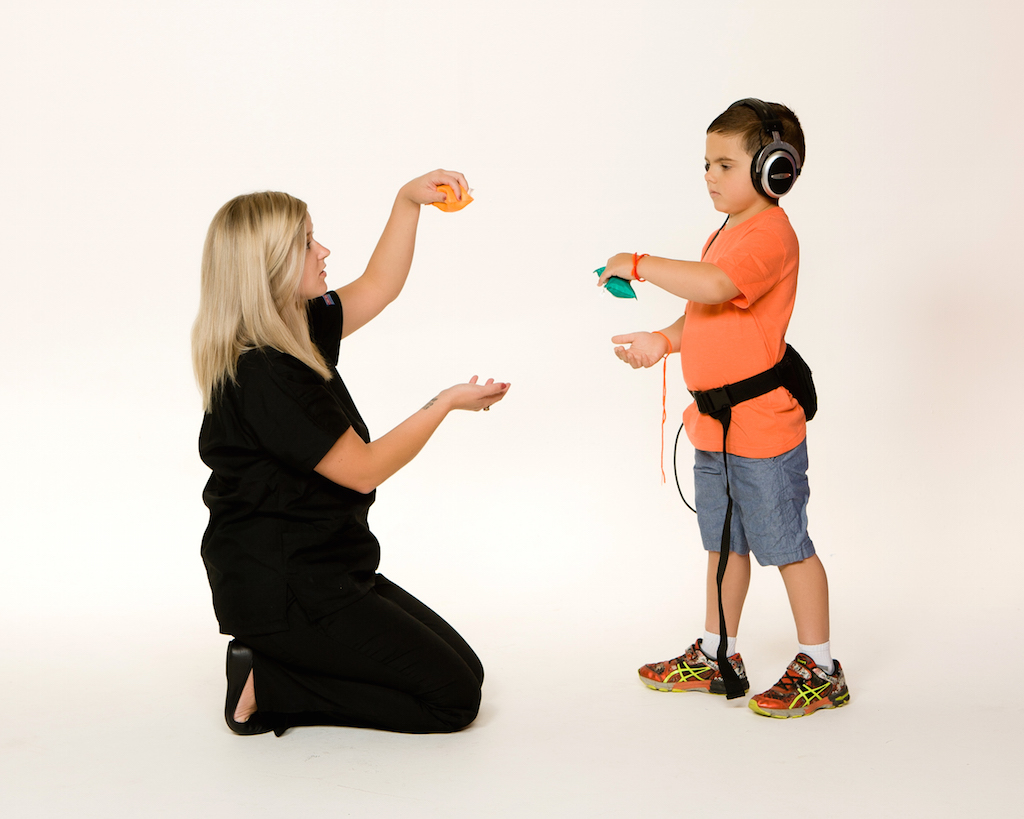
Who is the program suitable for?
This program is beneficial to all age groups. Anyone who is looking to improve concentration, reading, writing, movement coordination and visual and auditory processing, for example those who have been diagnosed with autism, down syndrome or Parkinson’s. Children that struggle in the classroom, poor social skills or motorskills. Anyone who has suffered from past brain injuries or previously had a stroke.
How can this program help?
The AC programs effectively re-train the parts of the brain involved in learning, communication and movement. Combining an auditory program with specific visual and balance activities. This program uses repeated exercises to help train and strengthen neural pathways through the brain to help improve our ability to learn and process information.
